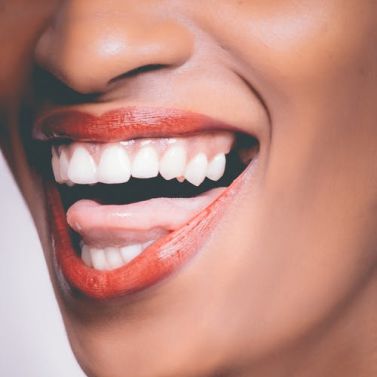Missing Teeth? Three Common Dental Solutions

Teeth loss can occur due to many reasons. Some of these include tooth decay, gum disease, accidents, congenital conditions, wear and tear from aging, and so on. Having one or more teeth missing from the mouth can be embarrassing, to say the least. Not only does it affect your smile and confidence but also interferes with biting, chewing, and speaking abilities. This is because when a tooth falls out, the jawbone underneath starts shrinking and turning brittle, owing to lack of stimulation from healthy tooth. Simultaneously, adjacent teeth move and tilt towards this space, leading to a change in bite and overall alignment of teeth. With time, these result in changes in appearance, making your face seem collapsed from lack of support. These changes affect your eating habits and smile, while also making you unhappy and self-conscious. Thankfully, there exist different fixes that help fix missing teeth. For people in Springfield, here is a look at three common Springfield dental solutions.
Bridges
Bridges are the most basic and long-standing solution to missing teeth. They are used to fill in gaps created by one or more missing teeth, given that the number of teeth present in the mouth is greater than those missing. Bridges can be made from metal, ceramic, or a combination of the two. The solution is employed when there are teeth present on either side of the missing tooth/teeth. This fixed device consists of one or more artificial teeth suspended on crowns attached to adjacent teeth. Bridges are fixed devices that can restore the bite and normal function of the missing teeth. Since they file down and replace healthy adjacent teeth with crowns, ill-fitted bridges can result in cavities or decay. They also cannot be used if the supporting teeth are not healthy or cannot be fitted with crowns. Bridges lats long with proper maintenance and upkeep but may not work well on the lower jaw, which flexes much. However, the upside is that they are less expensive than implants and do not require surgery to be performed.
Dentures
Dentures can be used to replace a single missing tooth or many of them, including all teeth in the mouth. They are of two kinds – partial and full. A partial denture is used only when some of the teeth are missing. It consists of replacement teeth (look-alikes) attached to a plastic plate or base in the same color as your gums. Partial dentures often come with metal framework and clasps that attach to the remaining teeth in the mouth for stability and proper positioning. The advantage with these devices is that there is no need to file down any teeth for use. Plus, they are economical. The downside is that the metal may be visible when speaking or eating. A full denture is used when all teeth are missing or have been removed, as typically seen with old age. The device, like the partial denture, consists of teeth look-alikes attached to a gum-colored base plate. However, the plate rests on the bony ridge of the jaws. Partial and full dentures are typically removable. Springfield doctors recommend wearing them during the day and keeping them dipped in water or cleaning solutions during the night. Newer dentures are designed to sit on implants to give them more stability and functionality.
Dental implants Dental implants are the newest and currently one of the most sought after solutions to replace missing tooth/teeth. Their biggest advantage is that implants look and feel like real teeth when biting, chewing, brushing, or smiling. In this solution, the implant replaces the root of the missing tooth, healing in the bone for many months. After this, an abutment is placed over it, which is then cemented with a crown. Implants are beneficial because they do not disturb or alter the adjacent teeth when fixed. They are strong and help stop bone loss from lack of function. They also preserve healthy teeth and help to restore a natural-looking smile. Dental implants are a commonly used solution Springfield to replace a single missing tooth, but they can also be employed to cover up for many missing teeth, including the entire mouth. They can also be used in along with regenerative techniques like bone grafting for better, long-lasting results.
